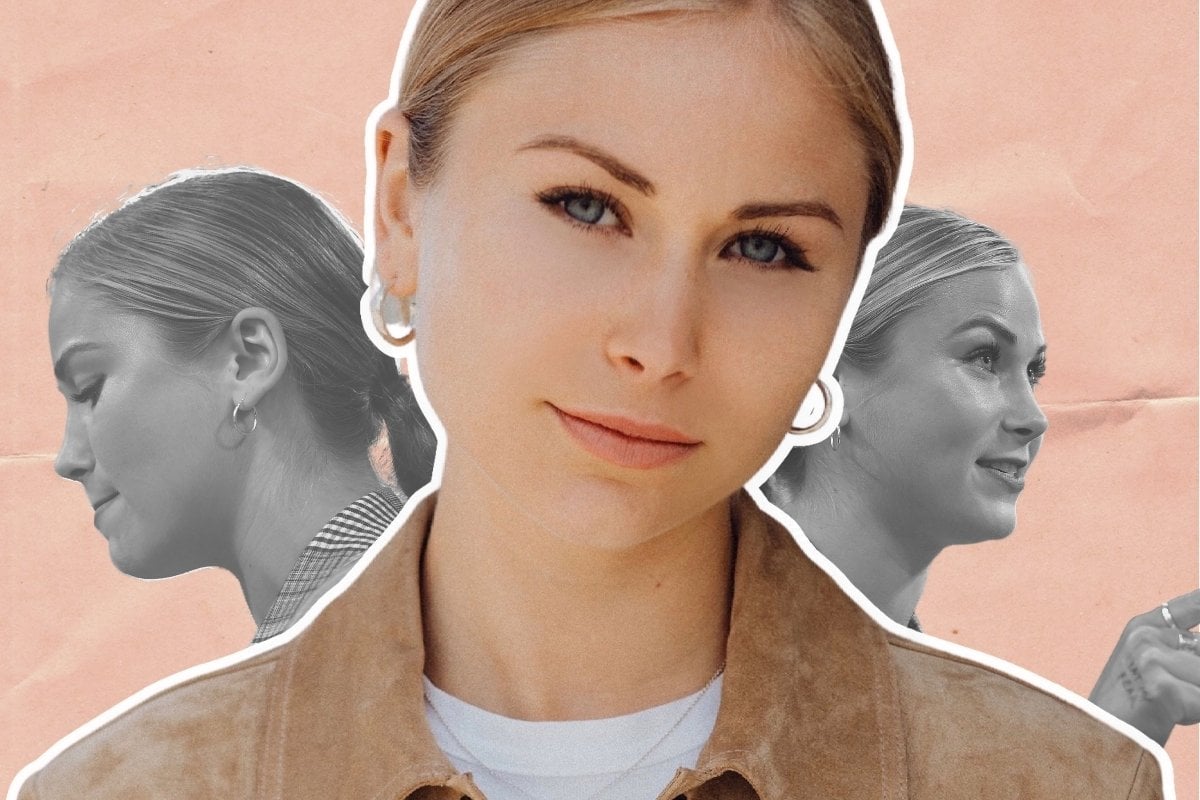
The following contains details of child sexual abuse, which may be triggering for some readers.
As a teenager grappling with the trauma of being sexually abused by her teacher, Grace Tame had only a vague idea about what 'grooming' meant.
She knew it involved preparing a person for abuse. She knew, courtesy of conversations with a psychologist after disclosing in 2011, that her perpetrator had followed a "textbook-like" approach. She could even identify examples of how he had manipulated and silenced her so that his crimes could continue unchecked for six months.
But it wasn't until Tame connected with journalist Nina Funnell in 2017, that she came to truly understand the horrifying pattern of his behaviour.
Watch: Grace Tame on the importance of listening to survivors' stories. Post continues below.
Tame and Funnell had instigated the #LetHerSpeak campaign, an (ultimately successful) effort to change a Tasmanian law that prevented child sexual assault survivors from identifying themselves via the media.
"What motivated me to tell my story was that I knew that there was so much more to it than rape, so much more than the physical side of what he did, and I really wanted to expose that. I just didn't have a lot of clarity about how I wanted to go about it," the 26-year-old told Mamamia.

Top Comments